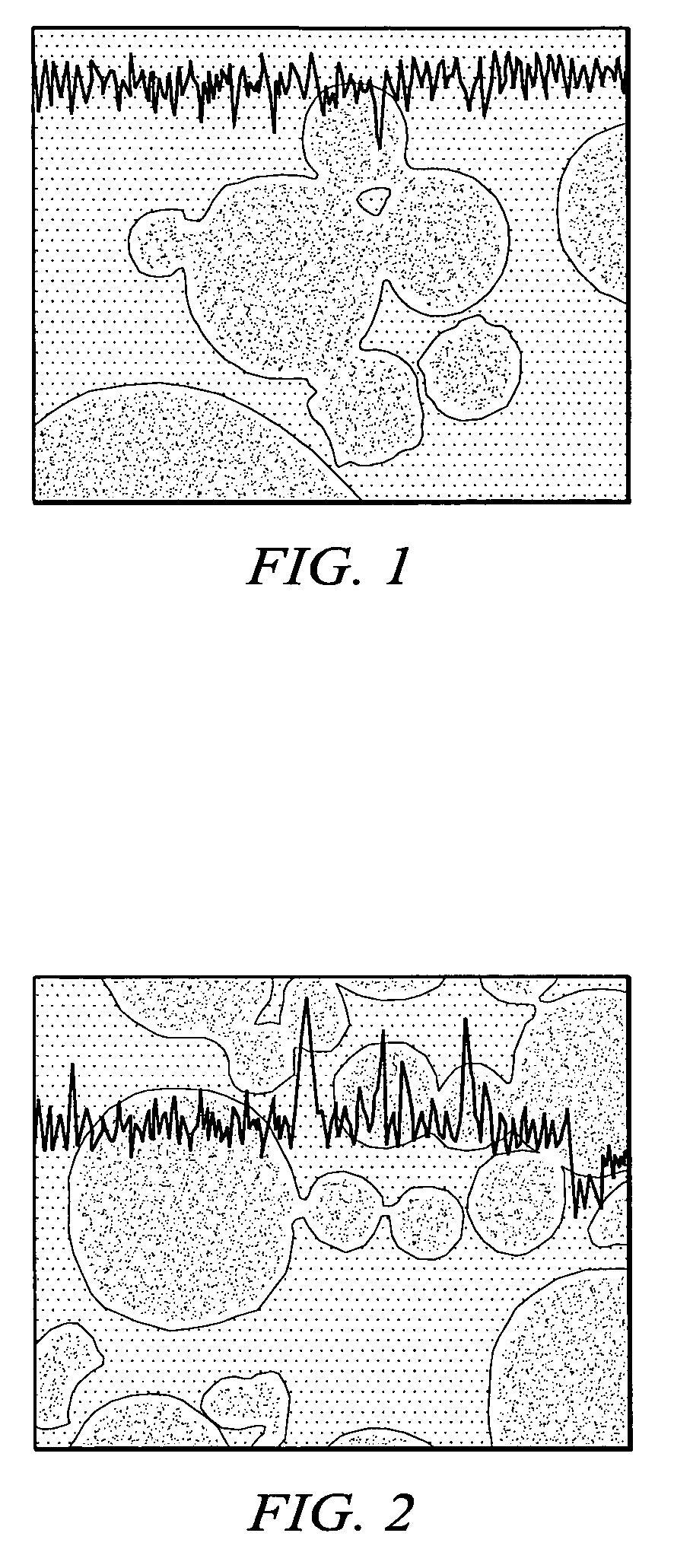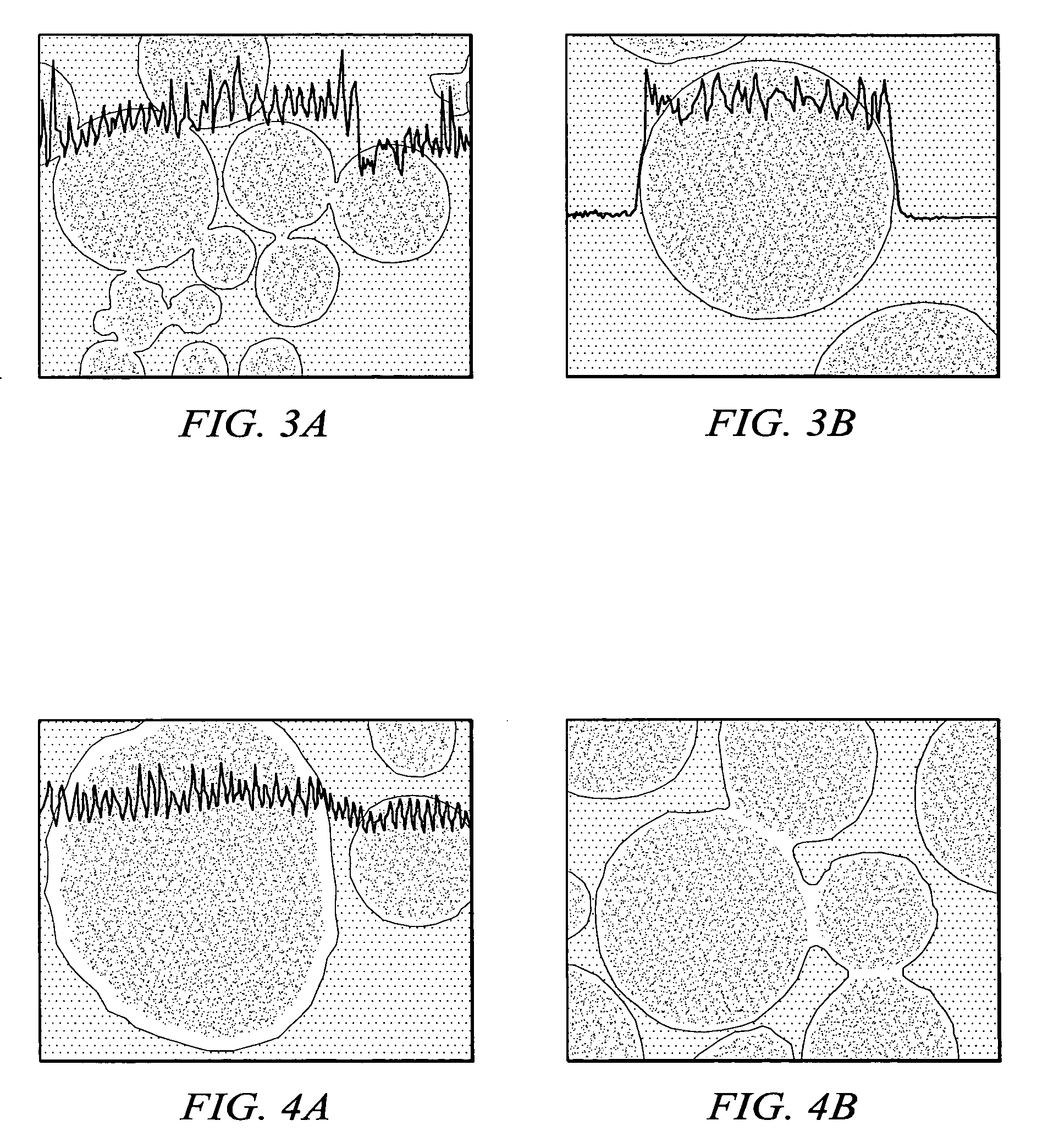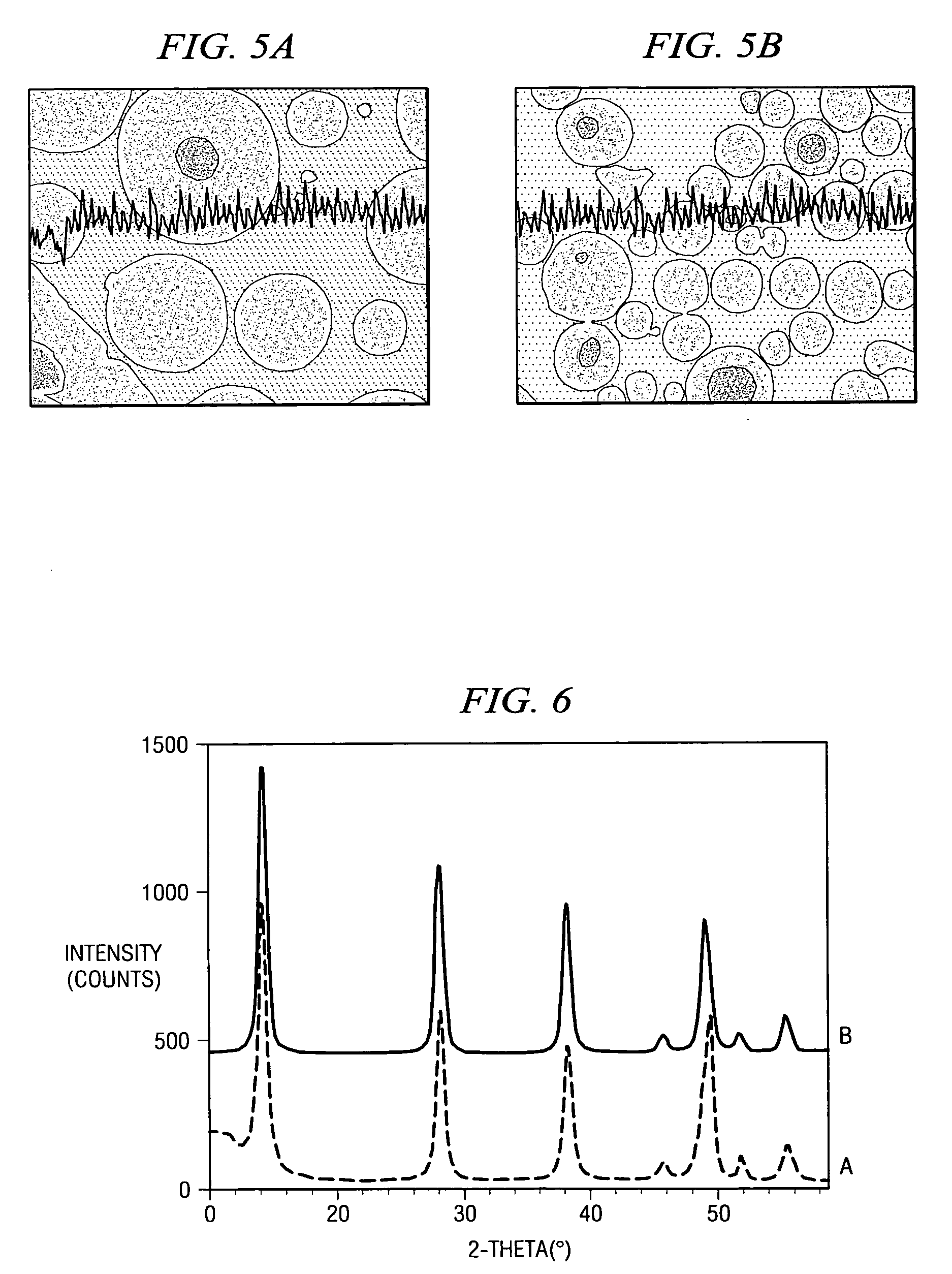Fischer-Tropsch processes and catalysts made from a material comprising boehmite
a technology of boehmite and process, which is applied in the direction of physical/chemical process catalysts, organic compounds/hydrides/coordination complexes catalysts, metal/metal-oxide/metal-hydroxide catalysts, etc., which can solve the problems of increasing the cost of natural gas, reducing the natural occurring source of crude oil used for liquid fuels such as gasoline and middle distillates, and presenting technological challenges
- Summary
- Abstract
- Description
- Claims
- Application Information
AI Technical Summary
Benefits of technology
Problems solved by technology
Method used
Image
Examples
examples 1 – 5
Examples 1–5
[0090]Examples 1–5 illustrate commercially viable Fischer-Tropsch performance of various catalysts containing a boehmitic support.
[0091]The source of boehmite material, the identity of the reduction promoter, the weight percent of the reduction promoter, the weight percent of the catalytic metal, and the first calcination temperature after the first impregnation in a multi-step impregnation procedure were varied. In particular, between Examples 1 and 2 both the commercial source of the boehmite support material and the identity of the promoter differed. Further, between Examples 2 and 3 the weight percent of catalytic metal, the weight percent of promoter and the first calcination temperature differed.
[0092]Results for physical properties of the catalysts are shown in Table 1. The exemplary physical properties include BET surface area, pore volume, and average pore diameter. These results demonstrate that the catalysts possess physical properties known to be suitable for...
examples 1 – 3
Examples 1–3
Catalyst Preparation
Example 1
Impregnation of Alcoa Hi Q®-10 Boehmite
Calcination at 490° C. After First Impregnation
[0094]Multi-step incipient wetness impregnation method was used. A solution was prepared by dissolving [Ru(NO)(NO3)3.xH2O], cobalt nitrate hexahydrate [Co(NO3)2.6H2O], and boric acid [H3BO3] in water. Hi Q®-10 boehmite support material from Alcoa (Houston, Tex.) was impregnated by using a portion of the solution to achieve incipient wetness. The prepared catalyst was then dried for 16 hours in an oven at a temperature of 82° C. The dried catalyst was then calcined in air in a calcining chamber by raising the temperature of the calcining chamber at a heating rate of 1° C. / min up to 490° C. and holding at this temperature for 4 hours. The above procedure was repeated to achieve a nominal composition of 20 weight % Co, 0.1 weight % Ru and 0.5 weight % B, calculated as the percent of the total weight of the catalyst. However, in the subsequent calcination, a low...
example 2
Impregnation of Spray Dried Sasol Dispal® 23N4-80 Boehmite
Calcination at 490° C. After First Impregnation
[0095]As received, boehmite (Dispal® 23N4-80) from Sasol North America Inc. (Houston, Tex.) was dispersed in water and then spray-dried and finally dried at 200° C. for 2 hours.
[0096]Multi-step incipient wetness impregnation method was used. A solution was prepared by dissolving tetraamineplatinum(II) nitrate [(NH3)4Pt(NO3)2], cobalt nitrate hexahydrate [Co(NO3)2.6H2O], and boric acid [H3BO3] in water. The above spray-dried Dispal® 23N4-80 boehmite support was impregnated by using a portion of the solution prepared above to achieve incipient wetness. The prepared catalyst was then dried for 16 hours in an oven at a temperature of about 82° C. The dried catalyst was then calcined in air in a calcining chamber by raising the temperature of the calcining chamber at a heating rate of 1° C. / min up to 490° C. and holding at this temperature for 4 hours. The above procedure was repeated...
PUM
| Property | Measurement | Unit |
|---|---|---|
| Temperature | aaaaa | aaaaa |
| Temperature | aaaaa | aaaaa |
| Temperature | aaaaa | aaaaa |
Abstract
Description
Claims
Application Information
 Login to View More
Login to View More - R&D
- Intellectual Property
- Life Sciences
- Materials
- Tech Scout
- Unparalleled Data Quality
- Higher Quality Content
- 60% Fewer Hallucinations
Browse by: Latest US Patents, China's latest patents, Technical Efficacy Thesaurus, Application Domain, Technology Topic, Popular Technical Reports.
© 2025 PatSnap. All rights reserved.Legal|Privacy policy|Modern Slavery Act Transparency Statement|Sitemap|About US| Contact US: help@patsnap.com



